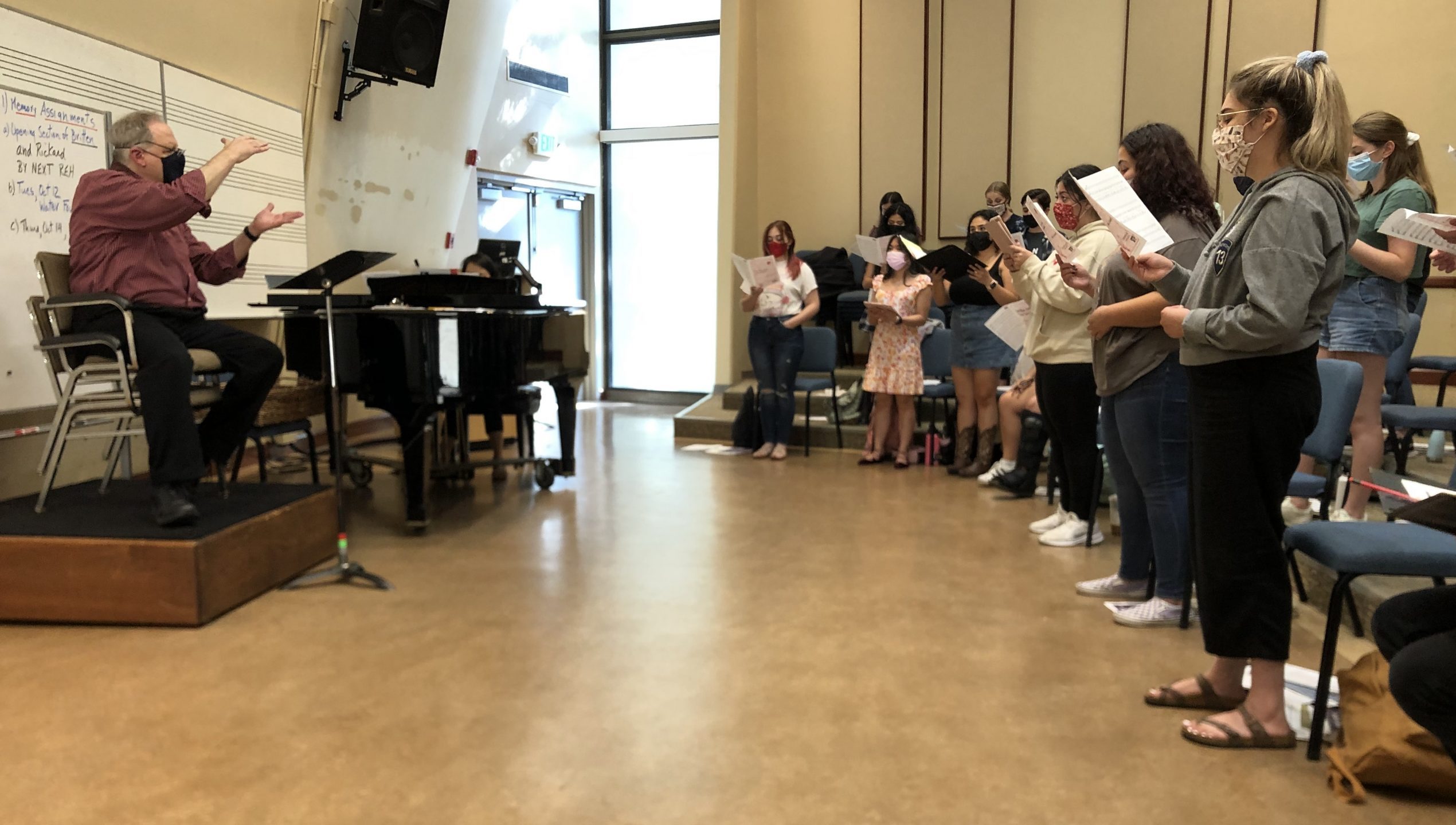
What happens when you put an uncomfortably thick cloth over people’s faces in the middle of a pandemic, send them into the classroom and tell them to learn normally?
For some majors at Chapman, the answer can be extremely complicated.
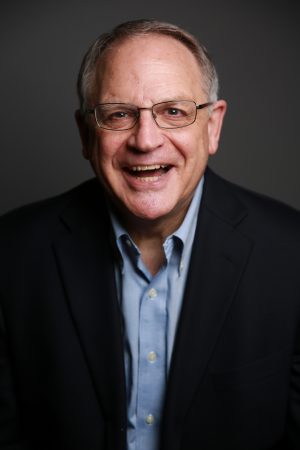
“There’s no vibrancy in the singing because you have a pillow on your face,” explains Stephen Coker, choir director at Chapman.
For certain classes where faces need to be shown or the main component of the class is breathing, masks are interfering with students’ and staff’s ability to learn and teach in the classroom. Masks bring many problems to classes campus-wide and can affect the way a class is taught or run.
For Coker, masks are offering different challenges in-person that he has not had to deal with before. While he is happy the choir is not back on Zoom this semester, things still aren’t “right,” as masks are required to stay on indoors for all students.
Coker is finding that with masks, “the luscious qualities of voices are undone…the sound is skinny rather than voluptuous. It seems that mask is inhibiting some of the warmer colors, it gets thin (the voice), it gets overly bright (the voice)… it gets a little stifled.”
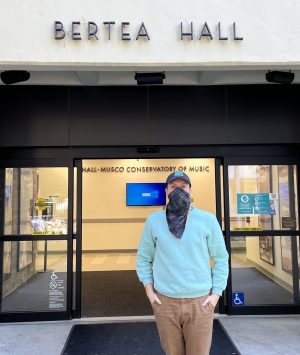
Choir students also share frustrations with masks because it affects the way they have to breathe. For Dan Haub, a senior University Singers student, singing in masks has been one of the more challenging elements of his choral career at Chapman.
“I can’t sing as long of phrases… it just limits the musicality and rubato that you’re really able to do without needing to sneak a breath in,” said Haub.
The university bought choral students singing masks, which are specially designed to seal air within the mask, while also allowing the singer to be able to breathe easier. However, these specialized masks have mixed reviews within the vocal community for various reasons, with some possibly not wearing them properly, and others feeling as if no air is entering the mask.
“It’s impossible to breathe with (the singing masks). I feel like I’m just breathing in carbon dioxide for two hours and it’s terrible,” explained Haub.
But problems with masks don’t only exist within the performing arts community. Normal academic classes are also affected as well.
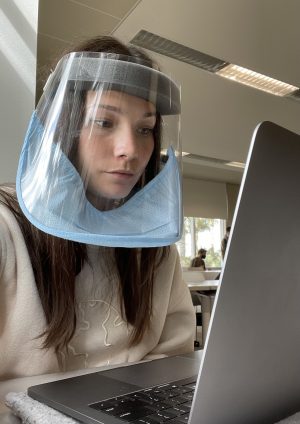
Photo by Megan J. Miller.
Lorin Geitner teaches law and religion, and has a specifically hard time with masks because he is hearing disabled. Although he has a cochlear implant that allows him to comprehend people with masks, without lip reading his comprehension of students without clear face masks drops.
“I am hearing disabled… without being able to see someone’s lips, I can understand about 75% of what’s being said as long as I’m a yard or so from them,” Geitner said. “Being able to lip-read makes a huge difference. It brings my comprehension up into the 90’s.”
Geitner offers clear face masks to the class, but most students do not wear them. His class is discussion based, so if all students do not wear his face masks, it makes it difficult for him to teach and understand the class.
“I encourage my students to wear either transparent face visors or transparent masks, because I try to teach the class as much as possible centered on discussion,” Geitner said.
Even teachers without hearing disabilities have a hard time understanding and lecturing their students. And that includes communications professors.
“I think I hear well, but not being able to see someone’s lips move, so many times (after a student talks) I’m like, ‘uh what?’… I can’t figure out what the student is saying to me,” communications professor Travis Bartosh explained.
Bartosh has to teach in the largest class within Argyros Forum, with 61 students waiting to hear his lecture. While he says all teachers struggle with projecting their voice through the mask, especially in larger classes, the real pain for him is how long the lecture is, and how the mask messes with his speech by the last quarter of class.
“I noticed that with lecturing, the fabric (from the mask) will constantly pull on different parts of your mouth, and the last quarter of class is just me being tongue tied,” said Bartosh.
For classes that require students to breathe heavily under their mask, students and staff are forced to adjust as masks make it harder for them to breathe.
Senior dance major Savannah Sauer is having to adjust to wearing a mask on her face the entire time she dances in class. Wearing a mask in class is an upgrade from dancing in the kitchen, but offers a whole new set of challenges as she returns to campus.
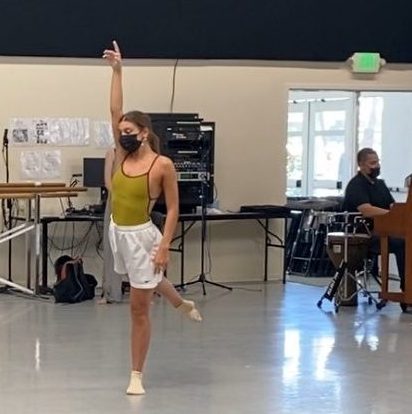
“It has been really difficult with masks, just because you’re exercising,” Sauer said. “We’re only allowed to take it down (the mask) when we’re getting water, but we’re also required to step out of the room to do that.”
Dancers have also had to retrain themselves in certain aspects of how they manage their stamina while wearing the masks during class.
“You kind of have to retrain yourself on how you breathe and save your energy throughout the class,” Sauer said. “It’s not like a typical class without a mask where you can go 100% the whole time.”
Sauer explained that having masks also affects the way she performs because the her facial expressions cannot be seen.
“A lot of our professors kind of express the intention in your eyes need to intensify ten times more than it used to be,” Sauer said. “Energy in your face in general has to heighten because you have this covering that’s covering the main part of what you’re trying to portray.”
Masks, even in minor settings, can be annoying for any major on campus, including science majors.
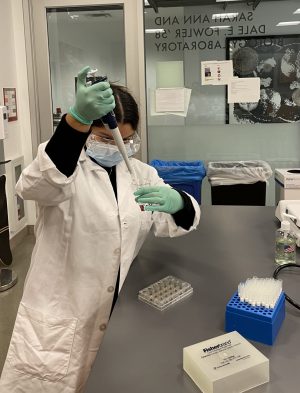
“When we use our goggles they get fogged up sometimes, and this can apply to anyone, but it can be hard to hear,” said Itzel Hernandez, a freshman biological sciences major.
So, what happens when you put an uncomfortably thick cloth over people’s faces in the middle of a pandemic, send them into the classroom and tell them to learn normally?
While students still learn and teachers still teach, their abilities can often be hindered while wearing these cursed pieces of face fabric. But everyone, staff and students alike, when asked about whether they preferred Zoom classes or in person classes with masks, were overwhelmingly much happier in person with masks. Although the circumstances are inconvenient and interrupt certain aspects of class, most seem willing and happy to do what they believe they must to continue learning in person.
“Nobody wants to have something on their face all day,” Haub said. “But, I would rather have something on my face and see other people’s faces covered up, than not see anyone at all.”
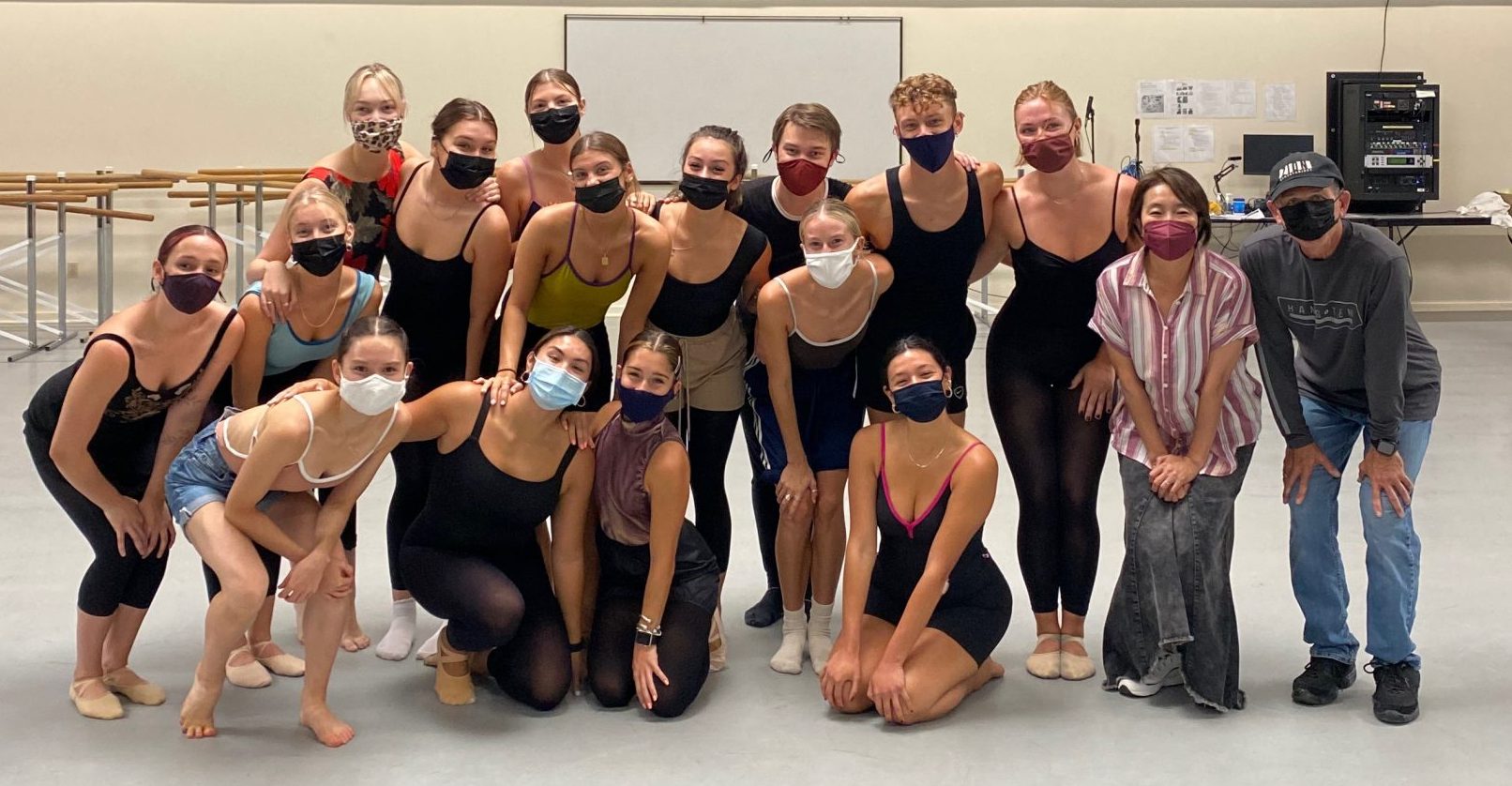

Evan Raymond is a sophomore vocal performance major with a journalism minor. When Evan isn’t writing, he enjoys singing with the Men of Harmony a cappella group, listening to his “Vibes” playlist on Apple Music and eating endless amounts of Chick-Fil-A without deterrence.
Evan Raymond is a sophomore vocal performance major with a journalism minor. When Evan isn't writing, he enjoys singing with the Men of Harmony a cappella group, listening to his "Vibes" playlist on Apple Music and eating endless amounts of Chick-Fil-A without deterrence.
